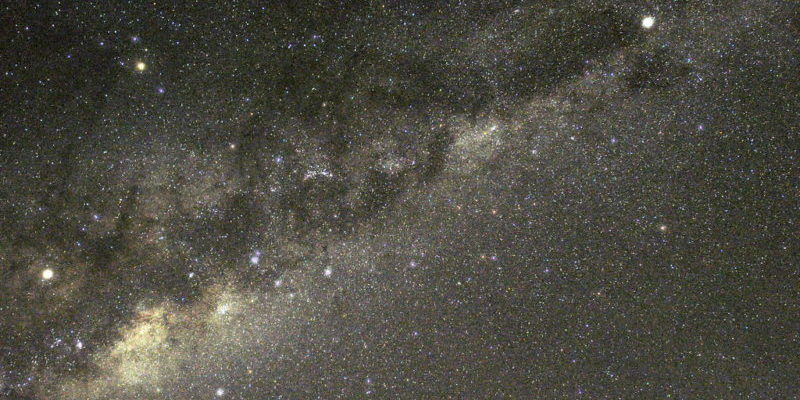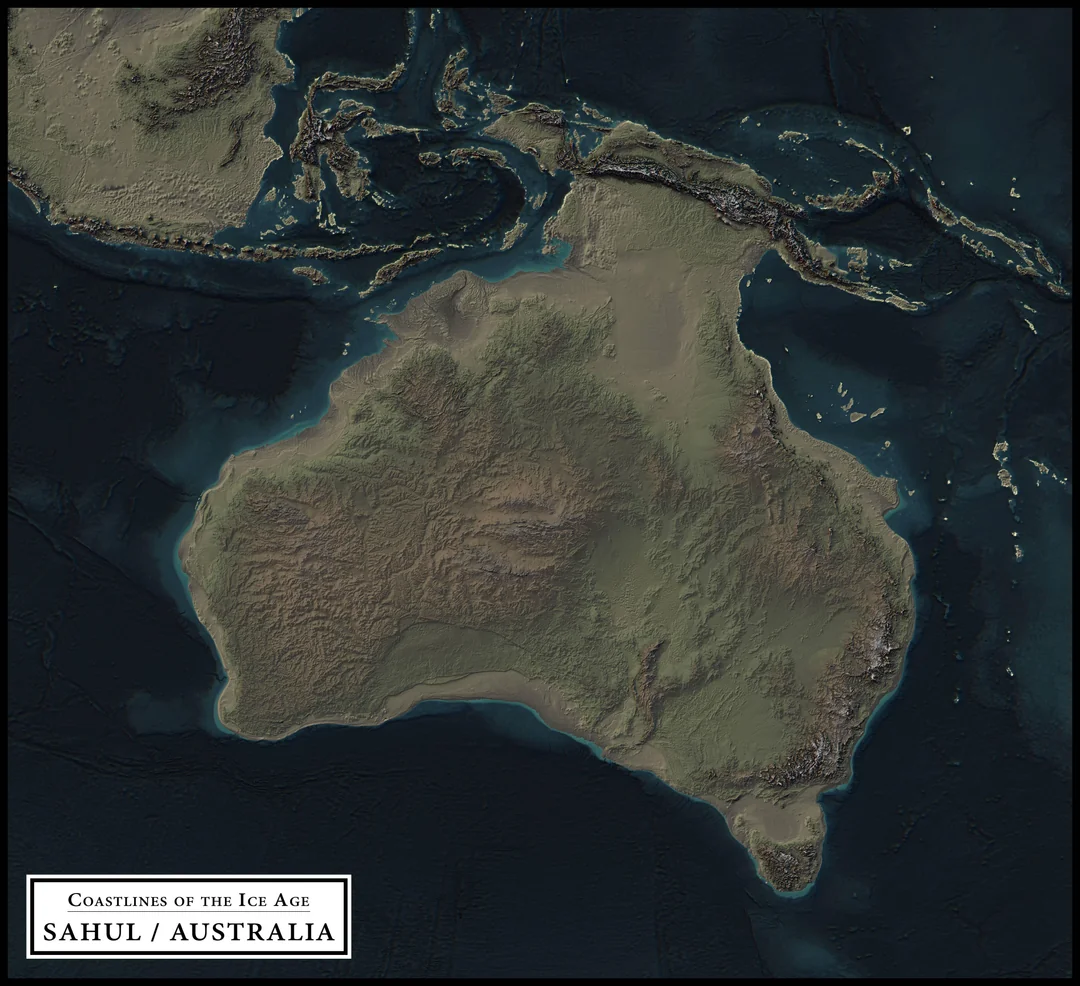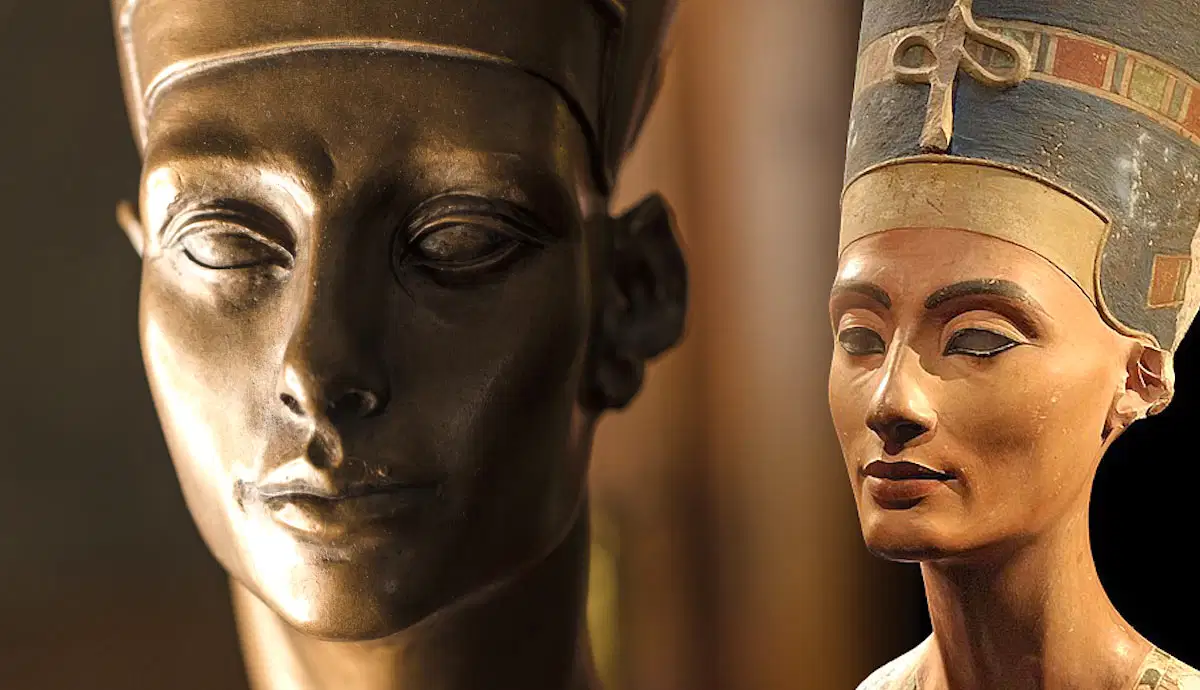Indigenous cultures across Australia, the Torres Strait and globally have maintained deep observational traditions around the solstices as part of living seasonal calendars. In Aboriginal and Torres Strait Islander communities, the alignment of sunrise and sunset at summer and winter solstices is carefully watched, serving as a signal to begin ceremonies, initiate seasonal food gathering, and guide navigational songlines. That lived experience backed by ethnographic and archaeological studies underpins the Experience dimension of our topic.
Scholars specializing in indigenous astronomy—such as those affiliated with Western Sydney University and other institutions—provide the Expertise and Authoritativeness behind these accounts. These researchers have shown that solar observation is woven into ceremonial timing, ecological knowledge, and even rock art, all documented via ethnography, ethnohistory, archaeoastronomy and statistical methods. The rigorous interdisciplinary approach across cultural and scientific domains reinforces why these traditions deserve academic and public attention.
Trust in the information is strengthened by peer‑reviewed publications and respectful presentation of Indigenous knowledge. Observations like the Emu in the Sky constellation, used to mark seasonal transitions and ceremonial events, are framed with proper cultural context and attribution. While these systems differ from Western four‑season calendars, they remain scientifically meaningful and culturally valid timelines for time‑keeping, travel, and ecological rhythm. As awareness grows, wider audiences can better appreciate this time‑tested blend of astronomy and cultural heritage—offering meaningful ways to reconnect with nature’s cycles.




